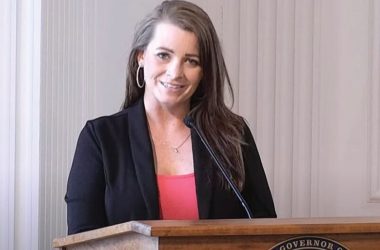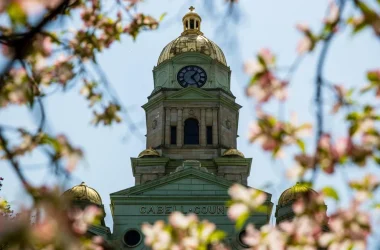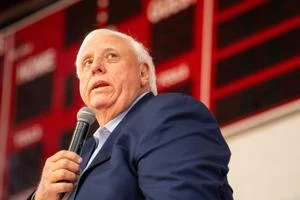By ERIN BECK
Charleston Gazette-Mail
CHARLESTON, W.Va. — The House Health and Human Resources Committee on Tuesday approved a bill that would direct the state’s minority affairs office to create an anti-poverty initiative in one area of the state.

Last Tuesday, Bill White, executive director of the Herbert Henderson office of Minority Affairs, and Rev. Matthew Watts, of the HOPE Community Development Corp., appeared before the committee to answer questions about the bill.
At the time, the bill would have renamed the agency the Herbert Henderson Office of Inclusion and directed the office to establish a “community-based pilot demonstration project, for the duration of four years, to develop a model to promote public health through comprehensive community development in communities across West Virginia.”
The pilot project would operate on the West Side of Charleston and operate out of “a centrally located building owned by a local nonprofit organization to coordinate services for members of the community” and be “overseen by a collaborative of local nonprofit organizations” who would “leverage existing resources.” Its objective would be “to create a template to address poverty, substance abuse and other social determinants of health; to improve community and populations’ health; to improve labor force participation; and to support economic development through comprehensive community development in rural, suburban and urban communities across West Virginia.”
Watts pointed out that the state has no anti-poverty plan.
The office already is charged with reviewing research on policies that disproportionately affect minority populations, applying for and awarding grants, and making recommendations to the governor and Legislature.
Tuesday afternoon, the committee approved an amended version of that bill which would not change the agency’s name and would leave the location of the pilot project up to the office’s director. Charles Roskovensky, chief counsel for the committee, explained after the meeting that bills may not show favor to one particular area.
But White has expressed interest in establishing the project on the West Side.
He said during last week’s meeting that numerous agencies already are working on anti-poverty initiatives on the West Side, and that his office would encourage collaboration.
Supporters are not asking for additional funding for the office. Its budget currently is about $150,000, but it also has the ability to raise money. It has a two-person staff.
“It gives me more work, but it also makes me more productive,” White said.
Some delegates asked several questions about the name change during that meeting. Delegate Kelli Sobonya, R-Cabell, suggested “Inclusion” be replaced with “Equal Opportunity.”
White had said “by changing the name, it also allows me to work with people who are poor, no matter what their racial or ethnic background is.”
The bill is based on a 2015 bill that previously passed both legislative bodies but was vetoed by former Gov. Earl Ray Tomblin. In his veto letter, Tomblin said the agency “lacks sufficient financial resources, human resources and time to devote itself to the considerable local undertaking outlined in this bill.” Tomblin also said the bill’s “focus on minority issues should not be local; it should be general and statewide.”
That bill was sponsored by Delegate Mike Pushkin, D-Kanawha. Pushkin also is championing the bill this year, but the version being considered was introduced by House leadership on behalf of the governor.
Supporters, at the time, said that Carolyn Stuart, former director of the minority affairs office, did not support the bill. The Daily Mail reported at the time that she said she might have supported it if had she been involved in its development.
In an interview following last week’s meeting, White said he needs legislative approval not for funding purposes.
“It gives me clout because it is sanctioned by statute,” he said. “It also encourages all the agencies to come together.”
Asked whether West Side successes could be replicated in dissimilar, less-populated areas, White said that specific actions may vary by area but the template would provide “ideas.”
“You’ve got leaders in those communities,” he said. “A lot of them just don’t know what to do to get started.”
The Charleston branch of the NAACP is supporting the project.
According to a preliminary Marshall University report prepared by The Center for Community Growth and Development in the College of Business, about 77 percent of West Side residents had a high school degree in 2014, compared to 90.1 percent in Charleston as a whole. The median income of the West Side was $25,825, compared to $47,582 in all of Charleston. About 32 percent of West Side families lived below the poverty level.
Black people make up 22.7 percent of the West Side population, compared to 8.1 percent in all of Charleston, according to the report, provided by Watts.
See more from the Charleston Gazette-Mail





